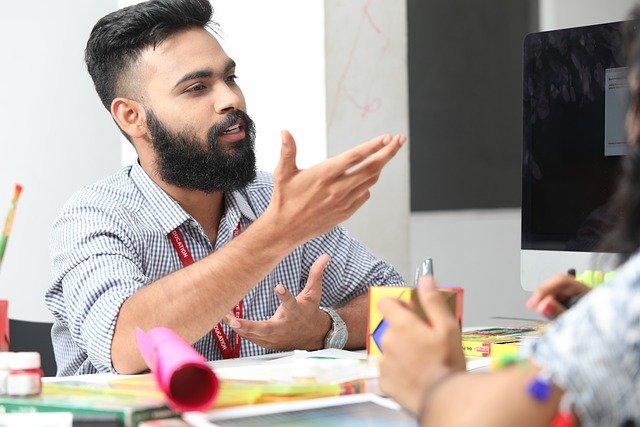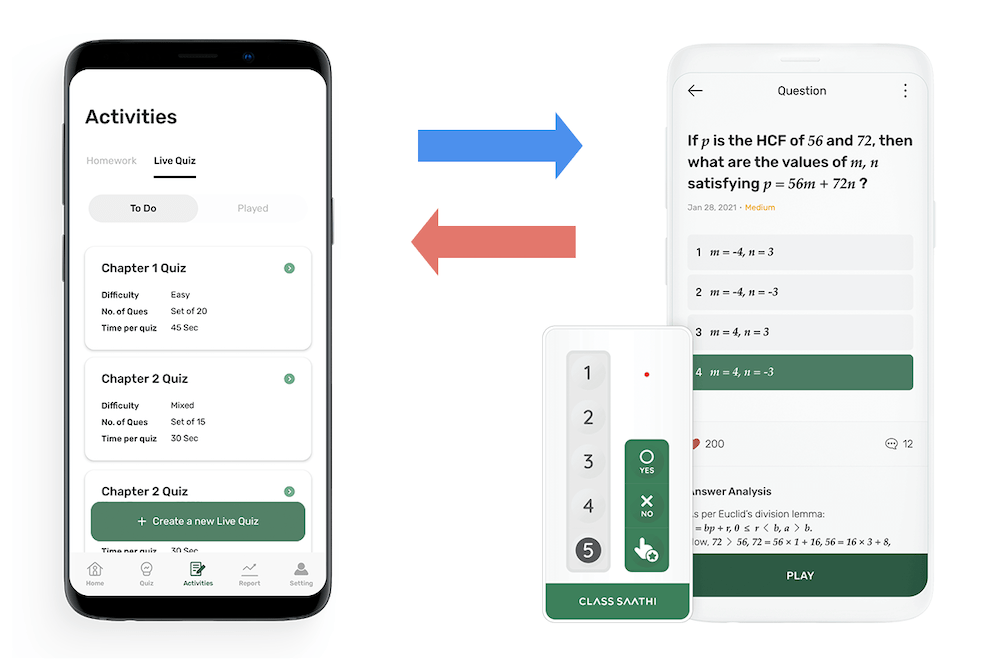Education is an experience. A wonderful experience that becomes slightly forced since we still have standardised education systems around the world. While a lot of money is being spent on research to improve educational offerings, the fact remains that academic systems around the world rely on the same rote methods of teaching and learning.
For this reason, the individual needs of different learners are not met and they fall behind their peers since their learning needs are not being met. How do we help these learners and what can we do to enhance their academic performance? It is simple - find out what their learning type is! Let us first examine the different types of learners and see what each type stands for.
1. Verbal Learners

They are the communicator. They learn through active conversations. Verbal Learners generally enjoys doodling, writing down notes, engaging in discussions, word games and the likes. The key to engaging verbal Learners is by figuring out what their corresponding Verbal Learning personality is like - are they outgoing or are they introspective? Engage the more outgoing ones in discussions and debates and support the others with reading materials. That should do the trick!
2. Kinesthetic Learners
When you think of Kinesthetic Learners, think of mechanics opening up an engine to see what's wrong. Those are your Kinesthetic Learners. They enjoy the hands-on experience learning expedites and they are constantly looking for ways to break down concepts to their smallest components.
They tend to be ones with more experiential learning programs and also choose careers that require more physical activity. They also make up less than 5% of the total population of learners. Want to engage a Kinesthetic Learner? Give them physical components of concepts to help stimulate their learning!
3. Visual and Spatial Learners

These kinds of learners need to see pictorial evidence of concepts taught to understand and learn. They are known for their ability to concentrate and attention to detail. The best way to engage a Visual and Spatial learner is by using a lot of maps, diagrams and video-based teaching techniques. Also, try using colour codes and cues as this helps them retain details a lot more accurately!
4. Inter-personal Learners
Solitary learners can be any type of learner from the above-mentioned list. However, they learn best when they have a quiet space to work from with nobody else to distract them. They tend to go into professions that require more solitary quiet work like research, writing and other art-related activities. If you have one of them in your classrooms, make sure you spend some time observing their behaviour in class.
5. Mixed Learning Type

In a realistic environment, this is what a classroom looks like and a teacher may feel overwhelmed by the sheer variety of learners. Mix up your teaching strategies to cater to all those various needs and the best thing is variety adds flavour to learning!
We want educators to feel empowered with knowledge that can help cater to their students.
To find out the study type of students in your classes, click https://study-type.class-saathi.com/!
People Also Want to Know
A1: There are several recognized types of learners, including visual learners, auditory learners, kinesthetic/tactile learners, reading/writing learners, and multimodal learners who benefit from a combination of these styles.
A2: Visual learners prefer learning through visual aids such as diagrams, charts, graphs, videos, and illustrations. They grasp information best when presented in a visual format.
A3: Auditory learners learn best through listening. They retain information effectively through lectures, discussions, audiobooks, verbal instructions, and group discussions.
A4: Kinesthetic/tactile learners learn through physical experiences and hands-on activities. They prefer to learn by doing, touching, and manipulating objects or engaging in experiments.
A5: Reading/writing learners learn best through written words. They excel with textbooks, written instructions, note-taking, and engaging in activities that involve reading and writing.
A6: Multimodal learners are individuals who benefit from a mix of learning styles. They might combine visual aids, verbal explanations, hands-on activities, and written materials for effective learning.
A7: Yes, individuals often exhibit traits from multiple learning styles. Most people have a dominant learning style but may incorporate elements from other styles depending on the situation or task.
A8: Educators can accommodate different learners by incorporating diverse teaching methods, such as using visual aids, providing auditory explanations, offering hands-on activities, and encouraging varied learning approaches to cater to diverse student needs.
Understanding different types of learners allows educators to create inclusive learning environments that cater to diverse learning preferences, enhancing engagement and improving learning outcomes for all students.

